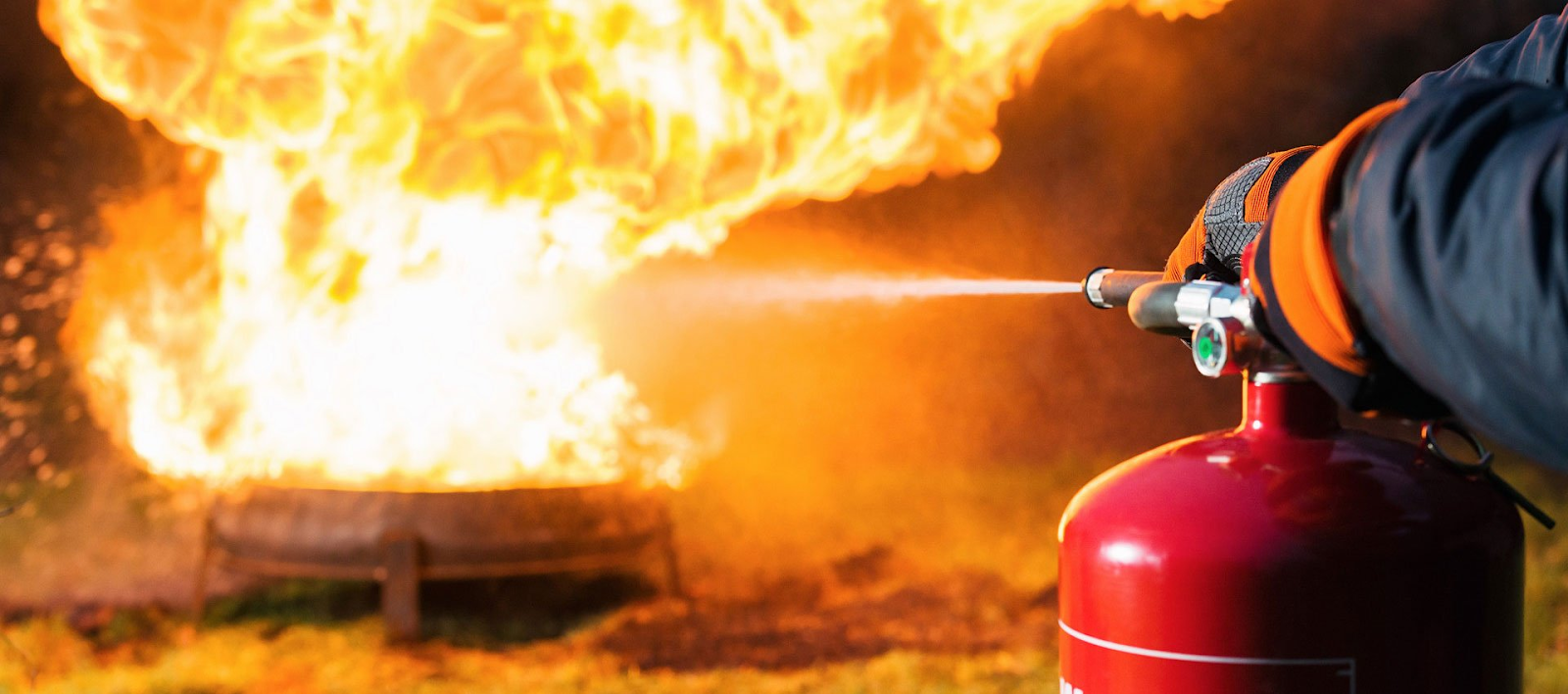Fire safety is a paramount concern for any business or organization. Conducting a comprehensive fire safety risk assessment, such as Fire Safety Risk Assessment, is not only a legal requirement in many jurisdictions but also a crucial step in safeguarding lives, property, and business continuity. This guide explores the key steps involved in conducting such an assessment and provides practical tips for ensuring thoroughness and effectiveness.
1. Understanding the Purpose and Scope
Before embarking on a fire safety risk assessment, it’s essential to understand its purpose and scope. The assessment aims to identify potential fire hazards, evaluate existing fire safety measures, and develop strategies to mitigate risks. The scope should include all areas of the premises, from office spaces and production floors to storage areas and outdoor environments.
2. Assembling a Competent Team
A competent team is essential for conducting a thorough fire safety risk assessment. Depending on the size and complexity of your organization, this team may include:
- Fire Safety Officer: Responsible for overseeing the assessment and ensuring compliance with regulations.
- Facility Manager: Provides insights into building layout, infrastructure, and operational processes.
- Safety Representatives: Employees familiar with day-to-day operations and potential hazards.
- External Consultants: Experts in fire safety regulations and risk assessment methodologies, if necessary.
3. Identifying Fire Hazards
The next step is to identify potential fire hazards throughout the premises. Common fire hazards include:
- Electrical Equipment: Overloaded circuits, faulty wiring, and improperly maintained appliances.
- Flammable Materials: Chemicals, solvents, fuels, and packaging materials.
- Ignition Sources: Heat-producing equipment, smoking areas, and open flames.
- Storage Practices: Stacked materials blocking emergency exits or firefighting equipment.
Conducting a walkthrough of the premises and reviewing incident reports can help identify these hazards effectively.
4. Assessing Fire Safety Measures
Evaluate the effectiveness of existing fire safety measures in place. This includes:
- Fire Detection Systems: Smoke detectors, heat detectors, and sprinkler systems.
- Fire Suppression Systems: Automatic fire extinguishers, fire blankets, and suppression systems.
- Emergency Escape Routes: Clear pathways, illuminated exit signs, and emergency lighting.
- Firefighting Equipment: Adequate number, location, and maintenance of fire extinguishers and hose reels.
Ensure that all systems and equipment are compliant with relevant standards and regularly tested and maintained.
5. Assessing Vulnerable Persons
Consider the presence of vulnerable persons who may require additional assistance during a fire emergency. This includes:
- Employees with Disabilities: Ensure that evacuation procedures cater to their needs.
- Visitors and Customers: Inform them of emergency procedures upon entry.
Develop specific strategies to ensure their safety, such as designated evacuation buddies or accessible evacuation routes.
6. Evaluating Emergency Plans and Procedures
Review existing emergency plans and procedures to ensure they are comprehensive and up to date. This includes:
- Emergency Response Plan: Clear procedures for alerting occupants, evacuating the premises, and contacting emergency services.
- Training and Drills: Regularly conduct fire drills and provide training to employees on evacuation procedures and the use of firefighting equipment.
- Communication: Establish a communication plan for notifying occupants of a fire and providing updates during an emergency.
7. Documenting Findings and Recommendation
Document all findings from the assessment, including identified hazards, evaluated safety measures, and proposed recommendations. This documentation serves as a reference for implementing corrective actions and for future assessments.
8. Implementing Risk Mitigation Measures
Based on the assessment findings, prioritize and implement risk mitigation measures. This may include:
- Addressing Identified Hazards: Fixing faulty wiring, improving storage practices, or relocating flammable materials.
- Upgrading Fire Safety Systems: Installing additional fire detection or suppression systems as necessary.
- Training and Awareness Programs: Conducting training sessions for employees on fire safety and emergency procedures.
9. Reviewing and Updating
Fire safety risk assessments should be reviewed regularly and updated whenever there are significant changes to the premises, operations, or regulations. This ensures that fire safety measures remain effective and compliant over time
Conclusion
Critical responsibility for ensuring the safety of everyone within your organization. By following these steps—understanding the purpose, assembling a competent team, identifying hazards, assessing safety measures, evaluating emergency plans, documenting findings, implementing mitigation measures, and reviewing and updating regularly—you can effectively mitigate fire risks and create a safer environment for all. Remember, proactive fire safety measures not only protect lives and property but also contribute to business continuity and reputation in the long run. For trusted landlord safety certificates, consider partnering with EICR Cert to ensure comprehensive compliance and peace of mind If you want to stay updated with posts like this, please follow us on Techydaily.

